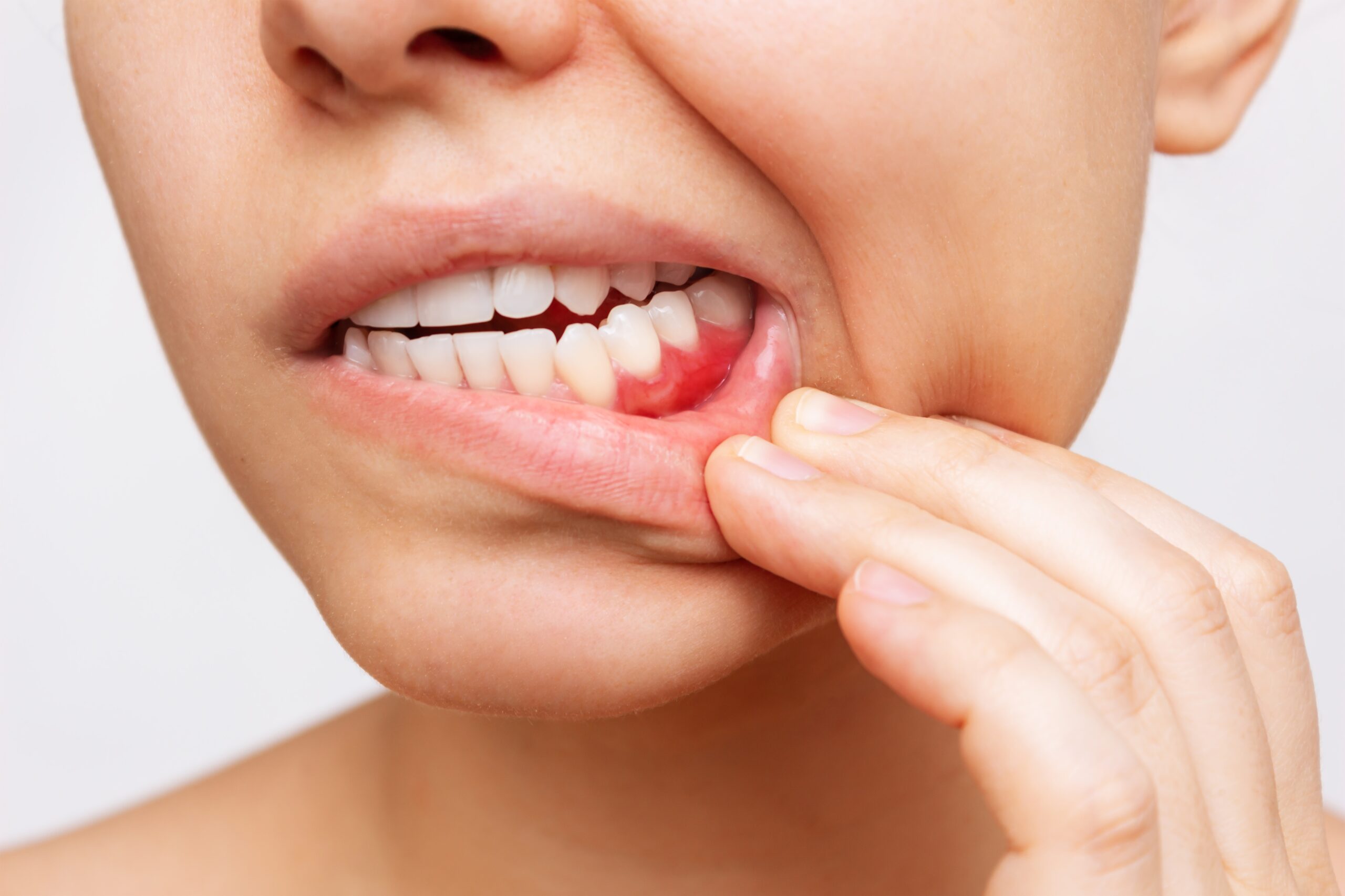How to Floss Properly: A Step-by-Step Guide
-
October 8, 2025
-
2 Minutes

You brush your teeth twice a day, avoid sugary snacks, and see your dentist regularly. So… do you really need to floss too?
Short answer: yes—every night.
There’s a reason people say, “Floss the teeth you want to keep.” Flossing isn’t optional if you want to prevent gum disease, cavities, and bad breath. It reaches where your toothbrush can’t, between your teeth and under the gumline, to clear out hidden plaque and bacteria.
Why Flossing Matters
Even if you’re brushing perfectly, your toothbrush can’t reach every surface of your teeth. That’s where flossing comes in. It helps remove plaque (a sticky film filled with bacteria) that causes:
- Tooth decay between teeth
- Gum inflammation and gingivitis
- Persistent bad breath
- Damage to crowns, bridges, or other dental work
In fact, over 90% of dental issues are caused by plaque. Flossing also polishes your teeth and helps prevent gum inflammation before it starts.
When Should You Floss?
The best time to floss is before bed, after brushing. Saliva production slows down overnight, so bacteria can thrive. Flossing at night removes food particles and bacteria, protecting your teeth while you sleep.
How to Floss: Step-by-Step
- Start with about 18 inches, roughly the length of your forearm
- Wrap most of the floss around one index finger, the rest around the other. Leave 1–2 inches of working floss between your hands.
- Use a gentle side-to-side sawing motion to guide the floss between your teeth. Avoid snapping it down.
- Wrap the floss around one tooth in a “C” shape, then slide it under the gumline and up to the top of the tooth.
- Shift the floss and hug the neighboring tooth with the same motion.
- Roll used floss onto one hand and unwind clean floss from the other.
- Start in one corner and work around your entire mouth.
Flossing Tips & Tools
- Want more control? Keep the working section of floss short, just a couple inches between your fingers.
- Hearing a squeak? That means you’re getting those teeth clean!
- Try a floss loop if wrapping around your fingers is tricky. Just tie a loop and use your fingers inside it to guide the floss.
- Experiment with types:
- Waxed floss slides more easily between tight teeth.
- Unwaxed floss gives more grip and is good for larger spaces.
- Wide tufted floss can be helpful around dental work like bridges.
- Waxed floss slides more easily between tight teeth.
- Use a Waterpik if you have trouble gripping the floss or getting far enough back between molars or tough to reach dental work.
Floss Once a Day, Every Day
Flossing is about consistency. Whether you’re using traditional floss, a loop, or a Waterpik, what matters most is doing it daily. Over time, it becomes second nature, and your gums will thank you for it. If you’re looking for other ways to improve your at-home oral care, schedule a live video call with a Dentistry.One dentist.



